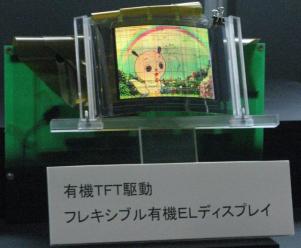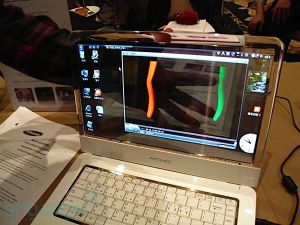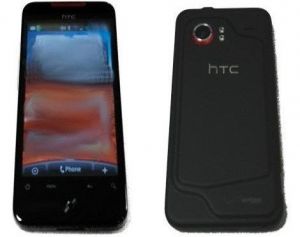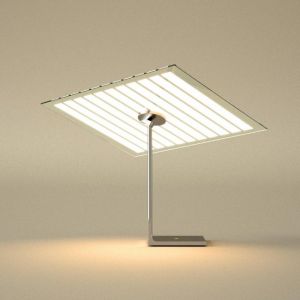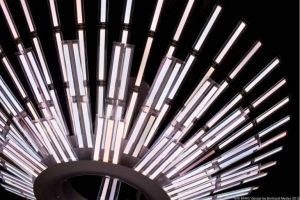Sony developed an 11.7" Oxide Semiconductor TFT-driven OLED
Sony has developed a Top-Emission 11.7-inch 960 x 540 OLED panel using oxide semiconductor TFTs as its driver elements. Sony says that the new panel has a lifetime of over 10 years and better colors than the XEL-1. The OLED panel features a peak brightness of 600cd/m2 or more, a contrast ratio of 1,000,000: 1 or more, and 100% or higher color gamut vs NTSC.
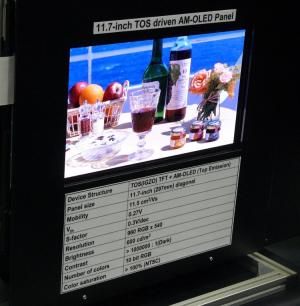
The panel improvements were achieved by reducing the property degradation of the oxide semiconductor TFT. Sony made the following three improvements. First, the company prevents the oxidation of the electrode by changing the structure of the source/drain electrode from the commonly-used Ti/Al/Ti three-layer structure to Ti/Al/Mo structure (Mo is in contact with the amorphous IGZO).


